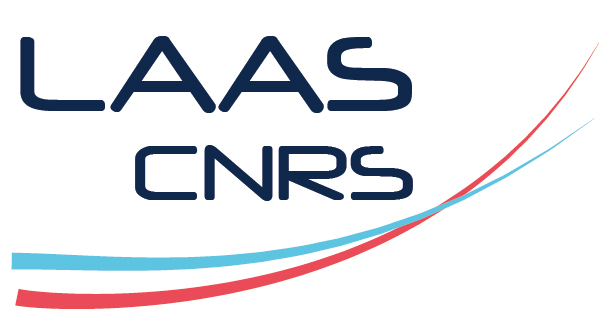Planning For Both Robot and Human : Anticipating and Accompanying Human Decisions
Planifier pour le robot et l'humain : Anticiper et accompagner les décisions de l'humain
Résumé
Robots are capable to autonomously handle more and more complex tasks. However, today's robots either have their workspaces physically separated from the humans' ones or their abilities severely restricted when acting near humans. In this thesis, we investigate several approaches allowing to plan not only for the robot but also for the human, enabling to predict and elicit their decision process and actions, leading to better human-robot interactions (HRI).First, we show through a user study, why such a scheme applied to robot navigation is crucial for efficient and satisfactory interaction. Planning for the robot and the human allows to find solutions in intricate situations where collaboration is necessary but also for the robot to be proactive and legible while navigating. Secondly, we alleviate from inherent ephemeral nature of interaction in collaborative navigation to explore how co-planning can be applied for task planning. We introduce a new referring expression generation algorithm, using an ontology as a knowledge base, and show that it is the fastest one to date while being designed for HRI application. We use it in a human-aware task planner to estimate the feasibility and cost of communication during task planning, preventing deadlock or suboptimal plans. Finally, a novel approach to human-aware task planning is proposed where action models and decision streams of the robot and the human are distinct and used to produce conditional plans.
Les robots sont aujourd'hui capables d'effectuer de manière autonome des tâches toujours plus complexes. Cependant, ils sont encore soit utilisés avec une séparation physique des humains, soit limités lorsqu'ils évoluent au voisinage immédiat d'humains. Dans cette thèse, nous proposons plusieurs approches visant à planifier pour le robot mais aussi pour l'humain. Les plans alors produits prennent en compte l'humain en prédisant et encourageant leurs actions, menant à de meilleures interactions humains-robots (HRI).Premièrement, nous montrons à travers une étude utilisateur, dans quelle mesure une telle approche appliquée à la navigation est cruciale pour une interaction efficiente et satisfaisante. Planifier pour le robot et l'humain permet en effet de trouver des solutions dans des situations d'interaction complexes mais aussi au robot d'avoir un comportement plus lisible et proactif. Deuxièmement, nous présentons un algorithme de génération d'expression de référence, rapide et pensé pour la HRI. Nous utilisons ensuite cet algorithme pour estimer la faisabilité et le coût des actions de communication pendant la planification de tâches, permettant d'éviter des impasses et des plans sous optimaux. Enfin, nous proposons une approche novatrice à la planification de tâches humain robot, dans laquelle les modèles de l'action et décision des deux agents sont distincts et utilisés pour produire des plans conditionnels.
Origine : Version validée par le jury (STAR)

